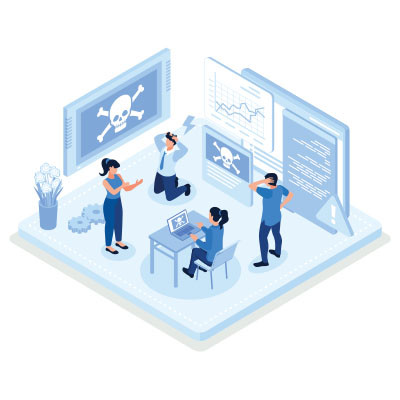They say a man’s home is his castle. We’d contend that a more apt comparison is that someone’s business is more like their castle, realistically speaking.
As such, it is essential to ensure your security in every way possible. Much like a traditional castle was constructed to keep threats out, your business’ security needs to be approached in a similar way.
While we aren’t suggesting that you literally dig a moat or maintain cauldrons full of boiling oil, you do need to implement security measures that serve the same purpose for your business and its network.



















